
News and Insights
All


Clearing the fog on the Tyne to help navigation in South Shields

Finding our way around Maidenhead, the Royal Borough’s lesser known town

Beyond A to B
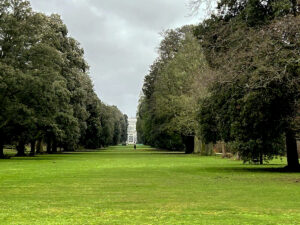
Getting back to nature at Kew Gardens

Wayfinding: The thread that ties a town centre together

Welcome to Fenagh: Implementing County Carlow’s first town wayfinding strategy

Helping two Lincolnshire towns improve their visitor experience

Wayfinding across Malta’s newest town

It’s Showtime in Blackpool

Meet Lauren, our new designer

Carnoustie revisted: extending the wayfinding experience

Another gold at the National Sign Awards

Revisiting Ireland’s Blueways and Greenways

The synergy of specialists in wayfinding to enhance visitor experience

Finding Fulham pier

Finding your way in spaces that won’t stand still

Teaming up with ISGroup to update Tewkesbury’s town centre signage

Offering a helping hand at food redistribution charity, Fareshare
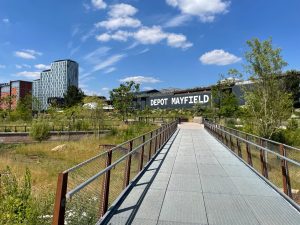
Connecting the dots to Manchester’s newest city neighbourhood & park

Helping Todmorden get active through town fund improvements

Beyond the brand: crafting signage with a story
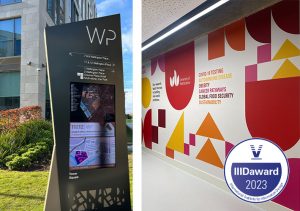
Double win at International Design Awards

Temporary but still sturdy – signs that boost Broadgate’s brand in London

Linking up Greenways in the Kingdom of Kerry
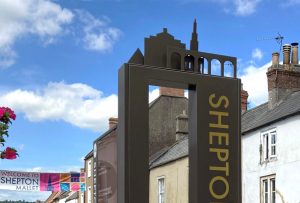
The ingredients of great places: where wayfinding plays its role

Taking the stress out of summer travel: why navigation holds the key to your holiday happiness

Uniting City and bay in the Welsh capital

The 15-minute city: separating fact from fiction

Placemarque welcomes a new designer to the team

How wayfinding helps tourists lose themselves in a city, without getting lost

Navigating the maze: how internal wayfinding systems can simplify the most complex building

The secret power of a design manual in wayfinding

New signage for Kenilworth town centre secures planning permission

Dear World…Yours, Cambridge

Same place, new eyes – a walking tour with Women in Property

The importance of understanding context to get your wayfinding strategy right first time

Winning gold at the National Sign Awards

Winning silver at the National Sign Awards

Conjuring a sense of place
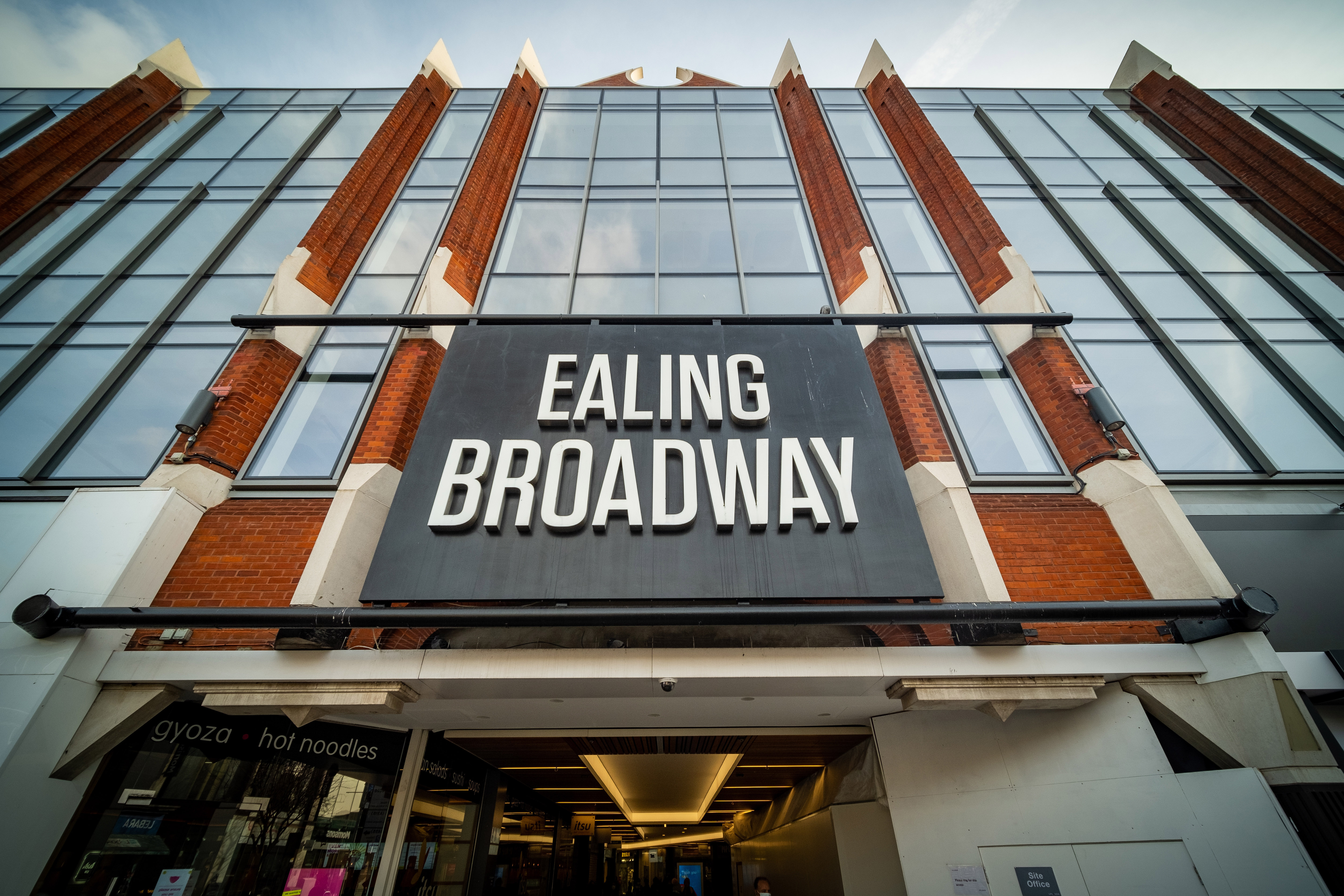
A new brand identity for Ealing Broadway

Placemarque shaping the Oxford Road corridor
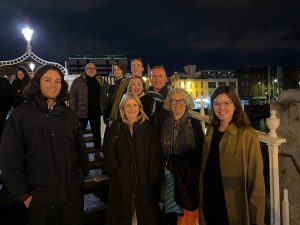
Together we did it!

Branding that reflects the University of Bedfordshire’s ethos

Working to improve the wayfinding at Cressex Business Park, Buckinghamshire

‘Tis the season to reconnect

Placemarque welcomes a new designer to the team

A new highway hierarchy: creating walkable places
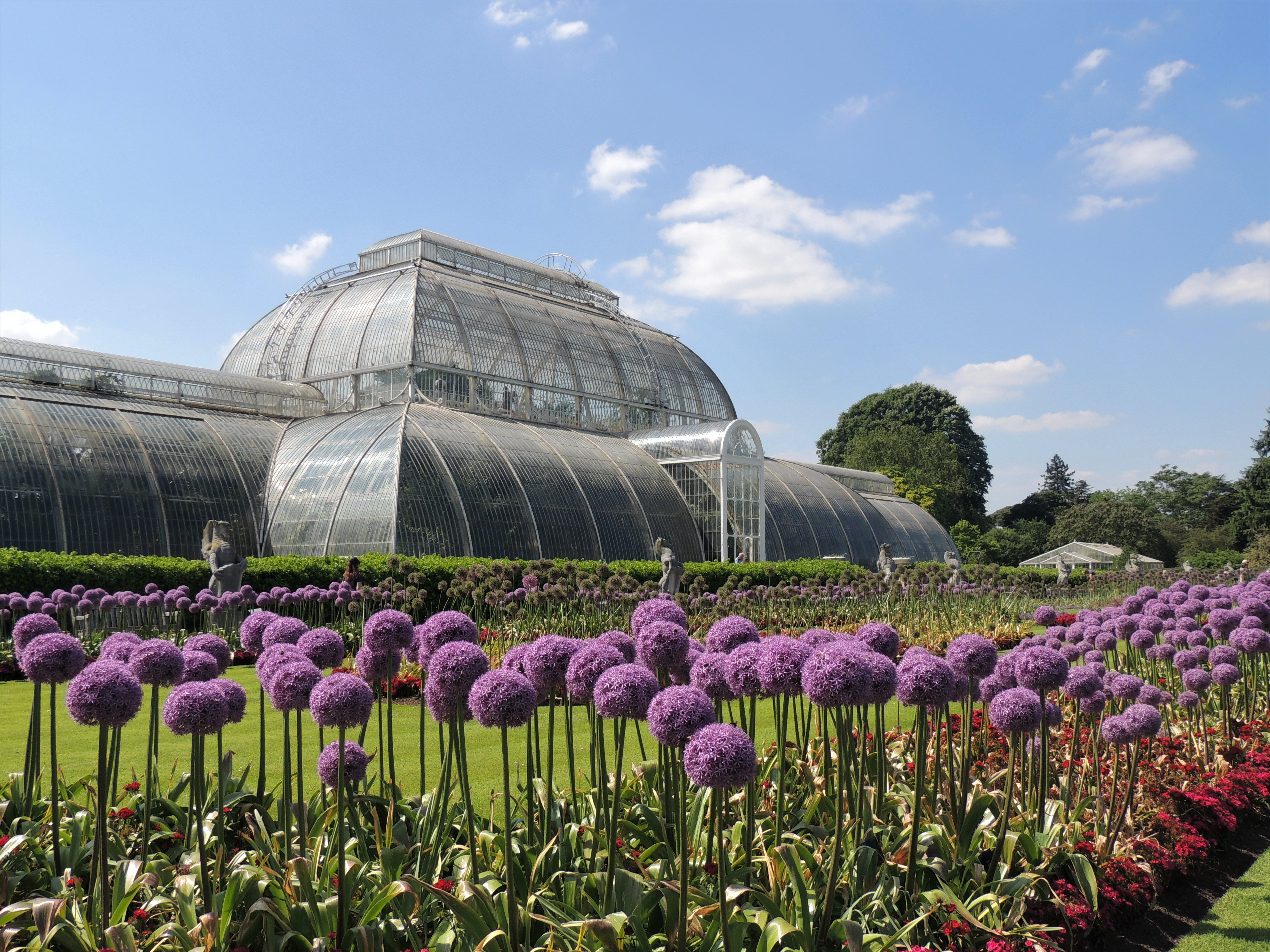
A new look is on its way to world-famous Kew Gardens
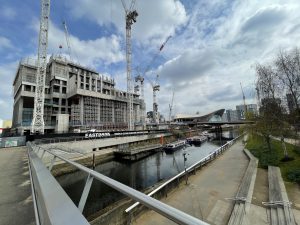
Placemarque working to enhance inclusion at Queen Elizabeth Olympic Park

Designing for all users in mind

How wayfinding must respond to the challenge of net zero

Joining the team for Stretford town centre’s regeneration
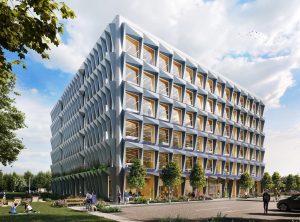
New appointment on one of the UK’s lowest carbon workspaces

Welcome to our team

Further enhancing the journey at Ireland’s Blueways

New wayfinding for Tralee, County Kerry

How to ‘green’ a City

Mental Mapping Manchester

The psychology of spaces: How wayfinding can influence visitors’ behaviour

Lancaster’s evolving wayfinding journey

Wayfinding in a City that doesn’t sit still

Connecting the dots in Eastbourne

New appointment for Cardiff’s new garden city

Adapting and Carrying on in the “New Normal”

Building on Pontefract’s existing wayfinding scheme

The Power of Minimalist Wayfinding

Traversing hills and cuttings to get to Banbridge

A new way of working means a new way of wayfinding

Gateway signage for Leeds’s newest quarter installed

New wayfinding signs installed in Carnoustie
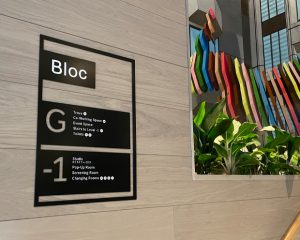
Signs installed at Bruntwood’s latest pioneer building

Signs in at Manchester’s newest neighbourhood Circle Square

Designing sheep-proof signs at Maiden Castle

How can we best create net-zero communities?

Putting Limerick on the map

The renaissance of the local high street?

Third project completed in one of Britain’s newest cities

Our 16th appointment in Ireland focuses on Bandon, County Cork

Placemarque joins the English Heritage Framework
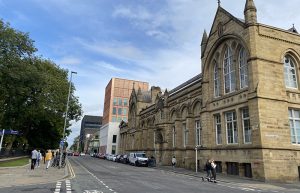
How Universities have prepared themselves for the new academic year
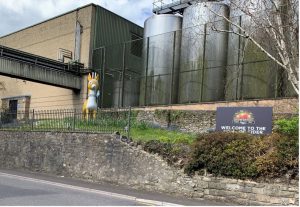
Exploring the streets of Shepton Mallet

Exploring the Yorkshire coast: a new instruction for Whitby

How wayfinding can help boost visitor numbers in golfing towns

A New Wayfinding Strategy for the University of Cambridge
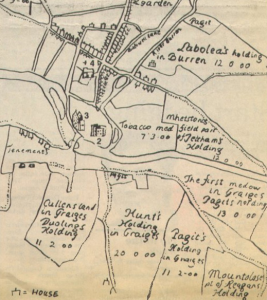
Widening our focus across Carlow

Seeing traditional British holiday destinations with new eyes

Getting to know Drogheda’s unique story
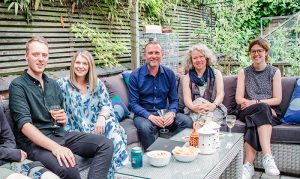
Birthday Celebrations and Reflections

Unique placemaking for a unique neighbourhood

A Unified Workplace
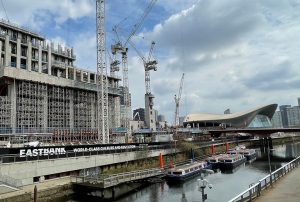
Making our mark at the Olympic Park

How does digital innovation impact today’s wayfinding solutions?
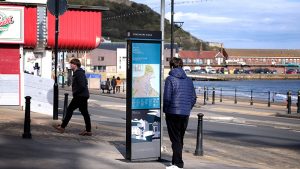
Team on site installing Scarborough’s new wayfinding signs

What can designers learn from sheep?
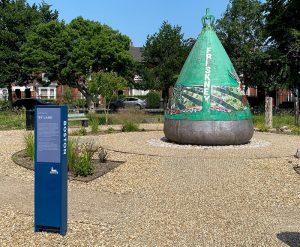
Extending and strengthening Boston’s historic connections

The Importance of Storytelling: History, Heritage & Placemaking

On the map in Ireland with two new project wins

Our reflections on 2020

Wayfinding and user experience: what is one without the other?
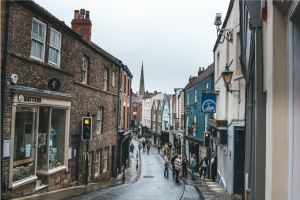
15-minute neighbourhoods: reimagining town centres

People and place: hypothesising the future of planning and development

Falling in love with places

Our approach to wayfinding: legible cities, master plans, and starting from scratch

Award Winning Work

Returning to work post-pandemic: how can wayfinding and signage help us?

How can we expect public spaces to change in the new normal?

What is a place without people?

How we find it here

How wayfinding can help us achieve true accessibility

Equality in our cities: catering to the needs of the many, not the few

How will Father Christmas know where to find me?

When should you use digital wayfinding? A retail case study

#Stayalittlelonger: how good wayfinding drives inward investment

Smart City and Connectivity

Finding your way home

What defines an airport city?
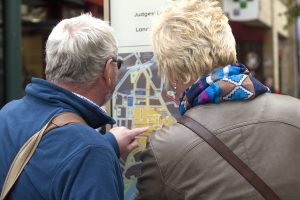
Designing for Difference

Find your way…around universities

Bronze win at the Transform Awards 2019

What makes a smart city smart?

Smart Thinking Builds Smart Cities

Winner of British Sign Award 2018

Winning gold at the Modeshift National Sustainable Travel Awards 2014
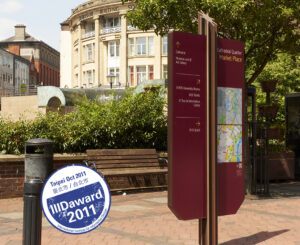
An international win at the IIID Awards for Derby
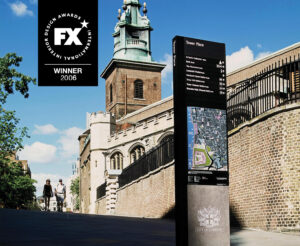
International recognition at the FX Awards 2006
News

Clearing the fog on the Tyne to help navigation in South Shields

Finding our way around Maidenhead, the Royal Borough’s lesser known town

Getting back to nature at Kew Gardens

Welcome to Fenagh: Implementing County Carlow’s first town wayfinding strategy

Helping two Lincolnshire towns improve their visitor experience

Wayfinding across Malta’s newest town

It’s Showtime in Blackpool

Meet Lauren, our new designer

Carnoustie revisted: extending the wayfinding experience

Another gold at the National Sign Awards

Revisiting Ireland’s Blueways and Greenways

Finding Fulham pier

Teaming up with ISGroup to update Tewkesbury’s town centre signage

Connecting the dots to Manchester’s newest city neighbourhood & park

Helping Todmorden get active through town fund improvements

Temporary but still sturdy – signs that boost Broadgate’s brand in London

Linking up Greenways in the Kingdom of Kerry

Uniting City and bay in the Welsh capital

Placemarque welcomes a new designer to the team

New signage for Kenilworth town centre secures planning permission

Dear World…Yours, Cambridge

A new brand identity for Ealing Broadway

Placemarque shaping the Oxford Road corridor

Branding that reflects the University of Bedfordshire’s ethos

Working to improve the wayfinding at Cressex Business Park, Buckinghamshire

Placemarque welcomes a new designer to the team

A new look is on its way to world-famous Kew Gardens

Placemarque working to enhance inclusion at Queen Elizabeth Olympic Park

Joining the team for Stretford town centre’s regeneration

New appointment on one of the UK’s lowest carbon workspaces

Welcome to our team

Further enhancing the journey at Ireland’s Blueways

New wayfinding for Tralee, County Kerry

Lancaster’s evolving wayfinding journey

New appointment for Cardiff’s new garden city

Building on Pontefract’s existing wayfinding scheme

Traversing hills and cuttings to get to Banbridge

Gateway signage for Leeds’s newest quarter installed

New wayfinding signs installed in Carnoustie

Signs installed at Bruntwood’s latest pioneer building

Signs in at Manchester’s newest neighbourhood Circle Square

Third project completed in one of Britain’s newest cities

Our 16th appointment in Ireland focuses on Bandon, County Cork

Placemarque joins the English Heritage Framework

Exploring the streets of Shepton Mallet

Exploring the Yorkshire coast: a new instruction for Whitby

A New Wayfinding Strategy for the University of Cambridge

Widening our focus across Carlow

Getting to know Drogheda’s unique story

Birthday Celebrations and Reflections

Unique placemaking for a unique neighbourhood

A Unified Workplace

Making our mark at the Olympic Park

Team on site installing Scarborough’s new wayfinding signs

Extending and strengthening Boston’s historic connections

On the map in Ireland with two new project wins

Award Winning Work

When should you use digital wayfinding? A retail case study
Insights

Time to walk the talk

Beyond A to B

Wayfinding: The thread that ties a town centre together

The synergy of specialists in wayfinding to enhance visitor experience

Finding your way in spaces that won’t stand still

Beyond the brand: crafting signage with a story

The ingredients of great places: where wayfinding plays its role

Taking the stress out of summer travel: why navigation holds the key to your holiday happiness

The 15-minute city: separating fact from fiction

How wayfinding helps tourists lose themselves in a city, without getting lost

Navigating the maze: how internal wayfinding systems can simplify the most complex building

The secret power of a design manual in wayfinding

The importance of understanding context to get your wayfinding strategy right first time

Conjuring a sense of place

A new highway hierarchy: creating walkable places

Designing for all users in mind

How wayfinding must respond to the challenge of net zero

How to ‘green’ a City

The psychology of spaces: How wayfinding can influence visitors’ behaviour

Wayfinding in a City that doesn’t sit still

Connecting the dots in Eastbourne

Adapting and Carrying on in the “New Normal”

The Power of Minimalist Wayfinding

A new way of working means a new way of wayfinding

Designing sheep-proof signs at Maiden Castle

Putting Limerick on the map

The renaissance of the local high street?

How Universities have prepared themselves for the new academic year

How wayfinding can help boost visitor numbers in golfing towns

Seeing traditional British holiday destinations with new eyes

How does digital innovation impact today’s wayfinding solutions?

What can designers learn from sheep?

The Importance of Storytelling: History, Heritage & Placemaking

Our reflections on 2020

Wayfinding and user experience: what is one without the other?

15-minute neighbourhoods: reimagining town centres

Falling in love with places

Our approach to wayfinding: legible cities, master plans, and starting from scratch

Returning to work post-pandemic: how can wayfinding and signage help us?

How can we expect public spaces to change in the new normal?

What is a place without people?

How we find it here

How wayfinding can help us achieve true accessibility

Equality in our cities: catering to the needs of the many, not the few

How will Father Christmas know where to find me?

#Stayalittlelonger: how good wayfinding drives inward investment

Smart City and Connectivity

Finding your way home

What defines an airport city?

Designing for Difference

Find your way…around universities
Awards

Another gold at the National Sign Awards

Double win at International Design Awards

Winning gold at the National Sign Awards

Winning silver at the National Sign Awards

Award Winning Work

Bronze win at the Transform Awards 2019

Winner of British Sign Award 2018

Winning gold at the Modeshift National Sustainable Travel Awards 2014

An international win at the IIID Awards for Derby

International recognition at the FX Awards 2006
Events

Offering a helping hand at food redistribution charity, Fareshare

Same place, new eyes – a walking tour with Women in Property

Mental Mapping Manchester

People and place: hypothesising the future of planning and development

#Stayalittlelonger: how good wayfinding drives inward investment

Smart City and Connectivity

What defines an airport city?

What makes a smart city smart?


